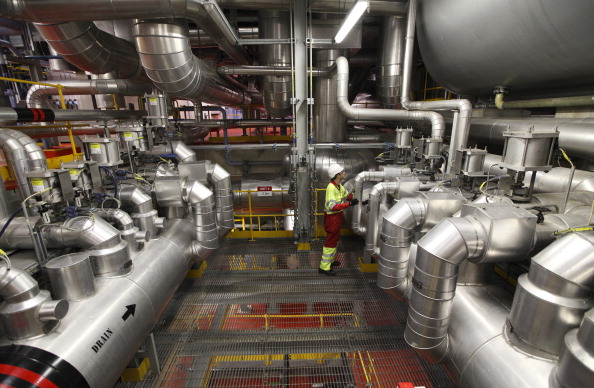Oman Signs MoU To Import Iranian Gas
The two nations have signed a 25-year deal valued at around $60 billion.

Iran signed a memorandum of understanding (MoU) on Monday to export gas to Oman from 2015, in a 25-year deal valued at around $60 billion, Iran’s energy ministry news service said on Tuesday.
Energy-hungry Oman agreed to buy gas from Iran as far back as 2005 and a later draft deal in 2007 included plans for Oman to process Iranian gas for export as liquefied natural gas (LNG).
But the two sides have never finalised terms and Oman has been pressured by the United States to source fuel from alternative suppliers such as Qatar, according to US embassy cables released by Wikileaks.
Oman, which has warmer relations with Iran than other Arabian Peninsula countries, began importing Qatari gas in 2007, but its demand has risen rapidly since, threatening its LNG exports and pushing Muscat back to the negotiating table with Tehran.
The latest MoU signed by new Iranian energy minister Bijan Zanganeh and his Omani counterpart Mohammed bin Hamad Al Rumhy, includes an agreement to start laying a gas pipeline to Oman as soon as possible, oil ministry news service Shana reported.
“We can start implementation of the project; mainly because top executives of the two countries insist that the project should be implemented as soon as possible,” Shana quoted Zanganeh as saying after the signing ceremony held on Monday during a visit to Tehran by Oman ruler Sultan Qaboos.
Iran sits on the world’s largest gas reserves, according to the latest statistics compiled by BP, but it has been prevented from exporting much of it because of western sanctions that have slammed the brakes on its LNG export ambitions.
Oman has plants able to produce up to 10.4 million tonnes of LNG a year but has not produced more than 8.8 million in the last five years and output fell to 8.4 million in 2012, according to Oman LNG’s latest annual report.
According to a working copy of the 2007 agreement between the two countries, in addition to imports of one billion cubic feet per day (bcfd) of gas from Iran for domestic use, Oman would allocate two million metric tons per year in excess capacity at its Oman LNG plant to process Iranian gas for export. The copy of that agreement was obtained by the US embassy in Muscat according to 2007 cable leaked to Wikileaks.
It is very unlikely that the big European shareholders — Shell and Total — would agree to liquefy Iranian gas while EU sanctions on Iran are in place, but Iranian gas imported for domestic use could free up more Omani fuel to feed Oman’s existing LNG export facilities.
In addition to sanctions pressure, US ally Oman’s enthusiasm for building the pipeline with Iran may depend on whether it can agree terms for BP to develop the Kazzan tight gas project, which could supply around one billion cubic feet per day by 2018.
